How To Photograph Street Markets
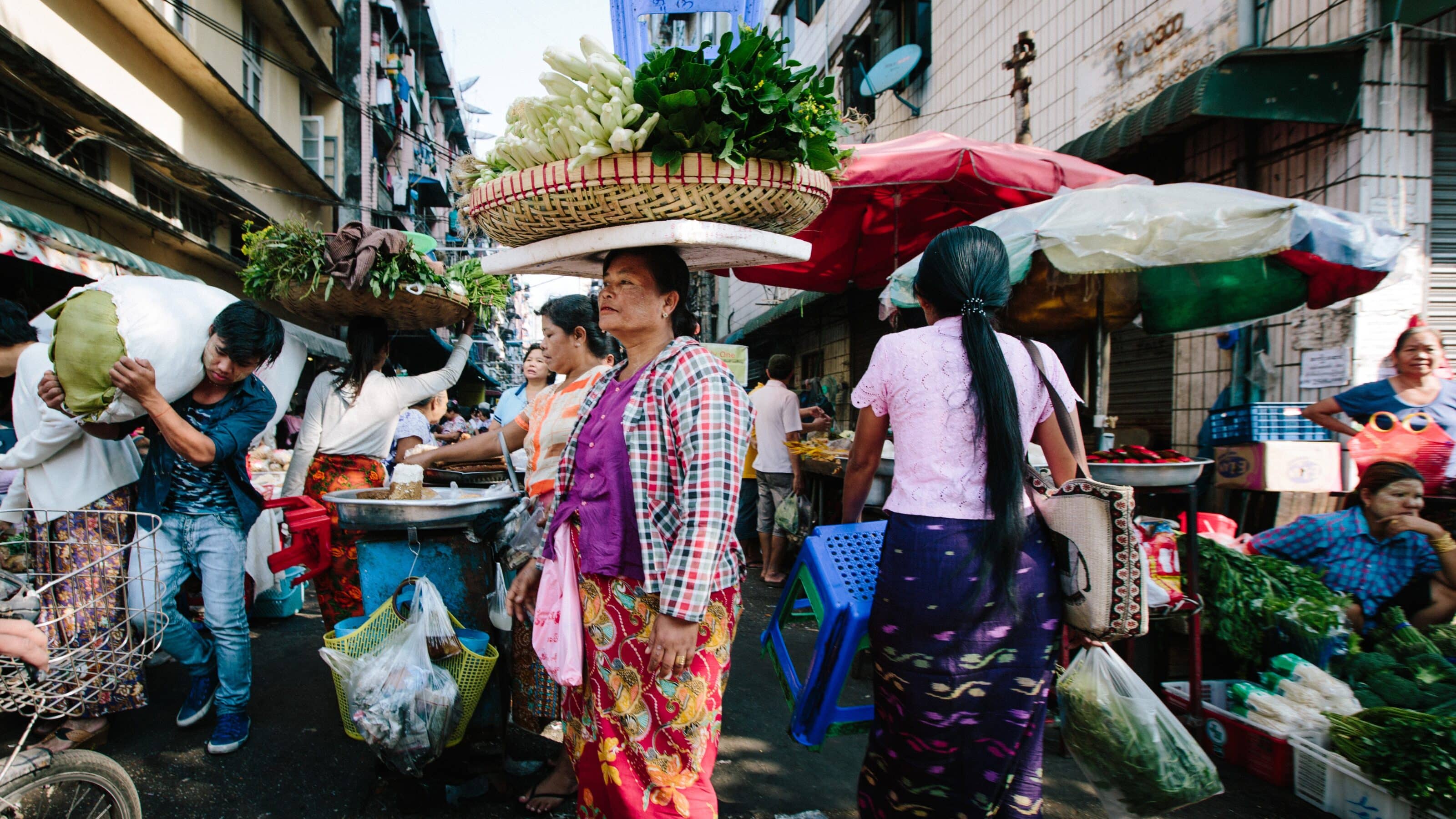
Street markets are a great place to showcase photojournalistic skills. You have to be fast and observant to capture interesting situations and moments. You also need to learn to be inconspicuous and blend into the crowd. Or not be afraid to approach people and ask permission to take their portrait.
This type of photography also teaches you how to work with the colors of the scene. Perhaps the greatest challenge you can face is working with light. Head to a street market or farmer’s market to explore all these factors and create a photo series.
We will examine these points in detail using my photojournalism report from Peshawar, Pakistan. This is where I combined all approaches and selected a few photos that best capture the dynamics and atmosphere of this exotic place.
You don’t need to travel all the way to Asia to get a similar photo series. The same approach can be used anywhere, including the traditional Christmas markets here in Central Europe.
All the people
Let’s start with perhaps the most burning question. Even if you decide to photograph only the architecture or close-ups of local products at the market, you can’t avoid interacting with people. Do a little research before you start shooting.

Walk around the market. Visibly take a picture of something, and observe people’s reactions. Notice how they receive you as a photographer.
If they don’t notice you or even smile, it’s a good sign. You can be assured that you are welcome here with your camera. All that’s left to do is decide how to shoot.
The first option is to ask no questions and just take pictures of everything. You run the risk that someone might yell at you, and you face the issue of whether it is ethical. The advantage is the authenticity of the scene when people aren’t static or posing.
In this case, it’s not a good idea to stand and wait for the right moment. Keep moving and quickly and intuitively capture the moments around you. You won’t be able to use many of the shots, but don’t worry, even experienced photographers only get a few good shots.
The second approach is to ask for permission. This option is much more difficult because it carries the risk of rejection, and thus demotivation to continue shooting. However, you’ll learn to communicate with people, and your approach is ethical. Be prepared that people may want something in return, often money or the purchase of their product.
Even with permission, you don’t have to shoot a static portrait of a smiling person behind a counter. Ask the person being photographed to ignore you while you capture them in normal situations.
Timing
Whatever your photographic goal is, find out how the market works in advance. If you want to capture physical action, it’s best to come at the busiest times. In southern countries, it’s usually in the morning when it’s not so hot and people go to the market to shop similarly to how we shop at supermarkets.
For Christmas markets, people return from work during the evenings and go out with loved ones to warm up with a hot drink.
Vary your shots
If you’re creating a photojournalism report, don’t forget to alternate between close-ups and long shots, static and dynamic shots, and use a combination of different focal lengths. This contributes to the dynamic nature of the series, and viewers won’t get bored. At the same time, try to get visual and color balance for the entire series. We’ll talk more about how to achieve this in the following paragraphs.
Control your colors
Colors at the markets are so dominant that they can either kill or elevate your photo. Usually, you encounter such a wide range of colors that it’s difficult to follow any guidelines for which colors are compatible.
If you feel there are too many colors in the scene, there are two ways to remove them from the photo. You can try to compose your photo so it focuses more on the details (or crop out the excess later), or you can play with the saturation of colors in post-production. In this case, I recommend working with the saturation of individual colors, not with the saturation of the entire scene.
How does light affect colors?
Light always affects color and can result in significant issues. These two variables cannot be separated when photographing markets, or anywhere else.
The situation gets complicated indoors. Make white light bulbs your friend. Their color matches the color of daylight. They provide good lighting for photography and make everything look more natural. You might have some problems if there are yellow light bulbs indoors. They make the entire scene yellow and often result in unattractive colors.
The most complicated situation occurs when white light is combined with yellow. You can either accept it and slightly adjust the colors, or convert the entire photograph to black and white.
You face different challenges with exteriors. The bright midday sun can be a real problem. If the stalls are covered with a roof/canvas in such light, you get a scene with a high dynamic range. This means that the shaded interior of the stall sharply contrasts with the overexposed background.
A partial solution is to focus only on close-ups and not photograph the entire contrasting scene. Or wait for better evening/morning light that is angled. Another option is to wait until it clouds over so the scene loses sharp contrast.
Also, if the tent or roof is colored, this color is reflected in everything underneath it, including the face of the stall owner. Not even post-production can help in this case. The solution is to focus on stalls with white or pastel tents.
Photographing street markets is a photography adventure that helps you practice quick reflexes and communication skills. You can leave with a full camera card, or maybe just a few gems, but the results are worth it.
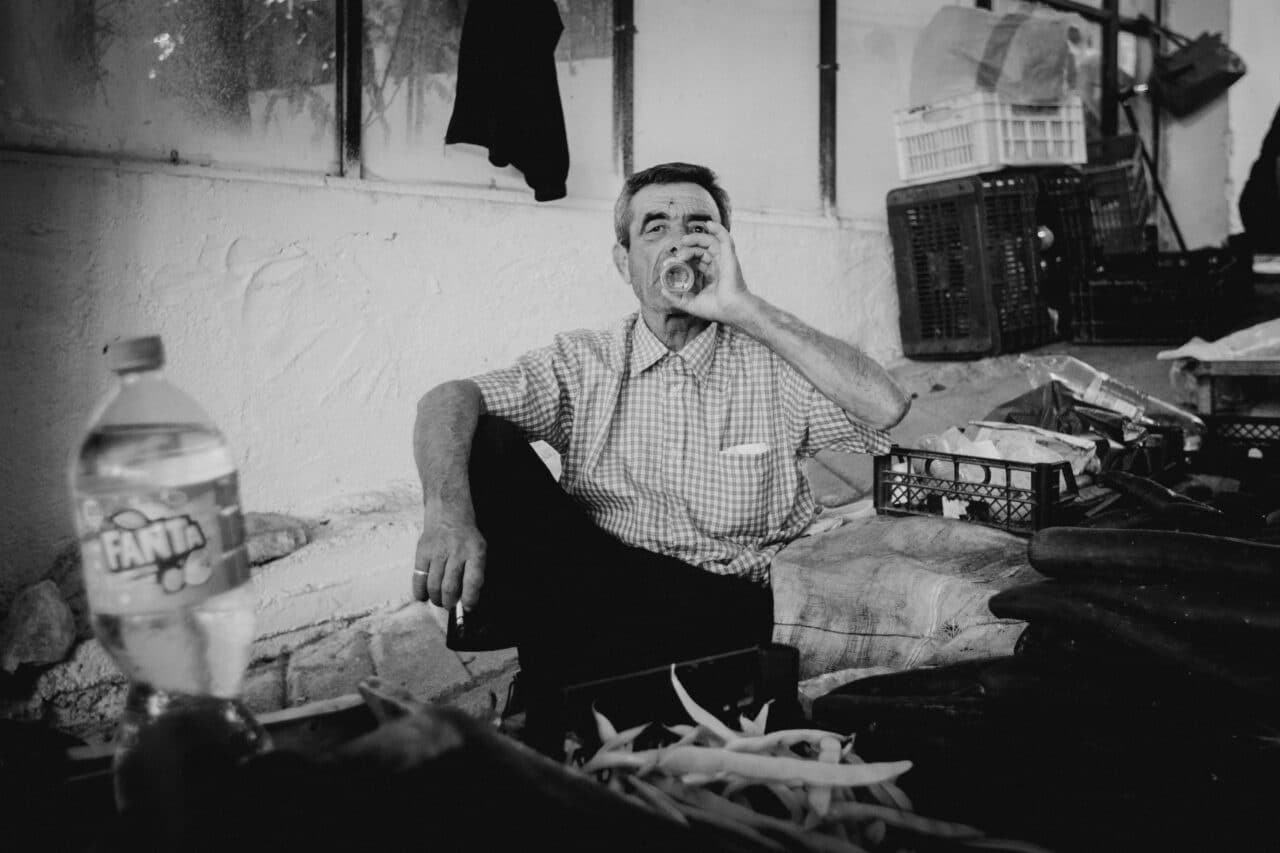
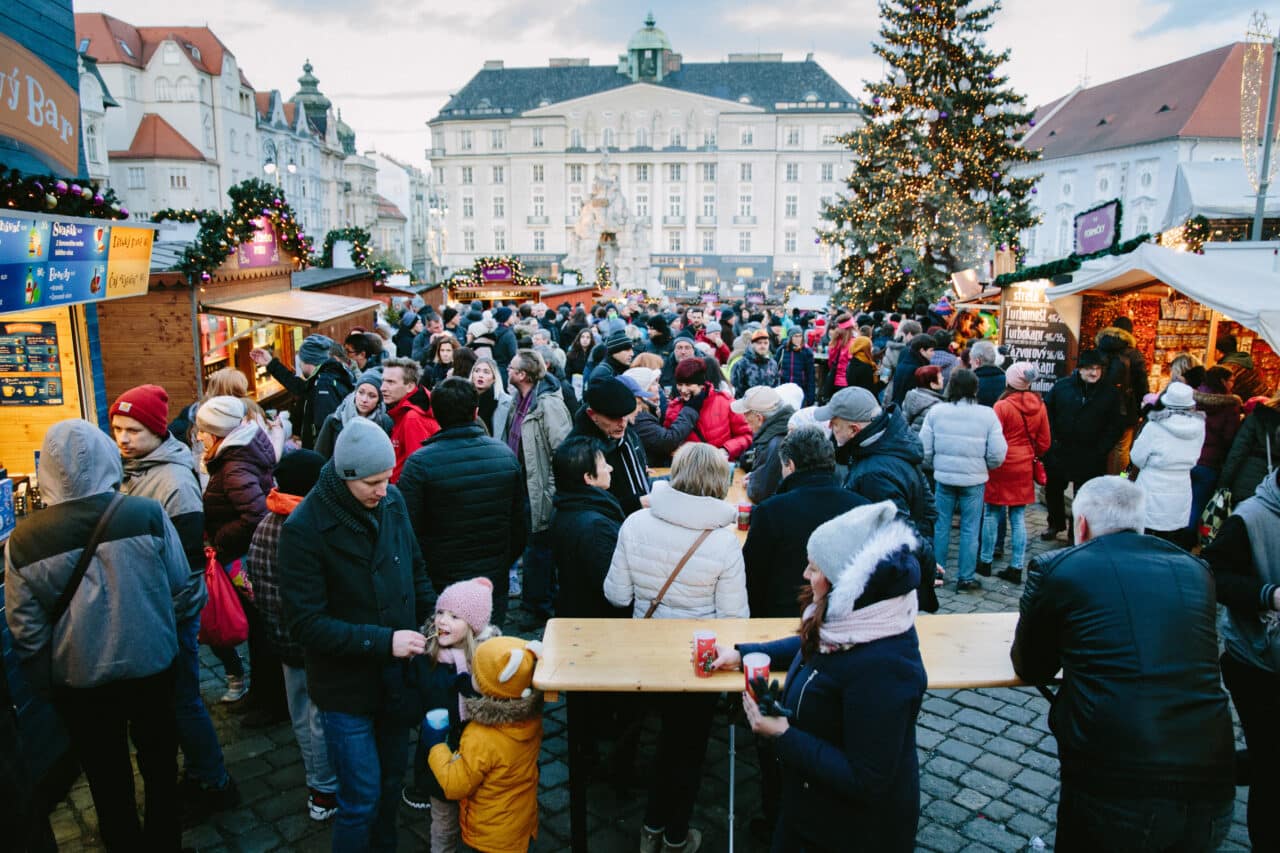

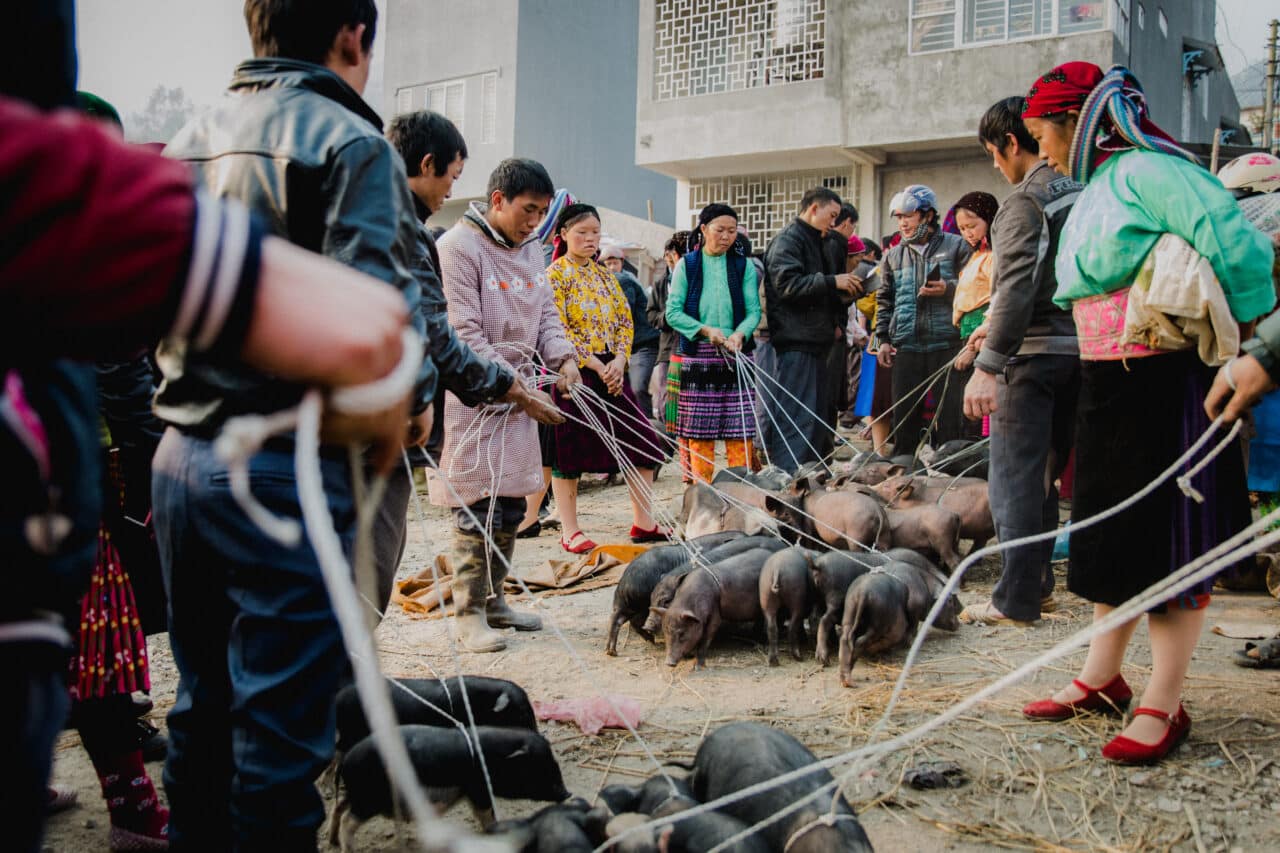
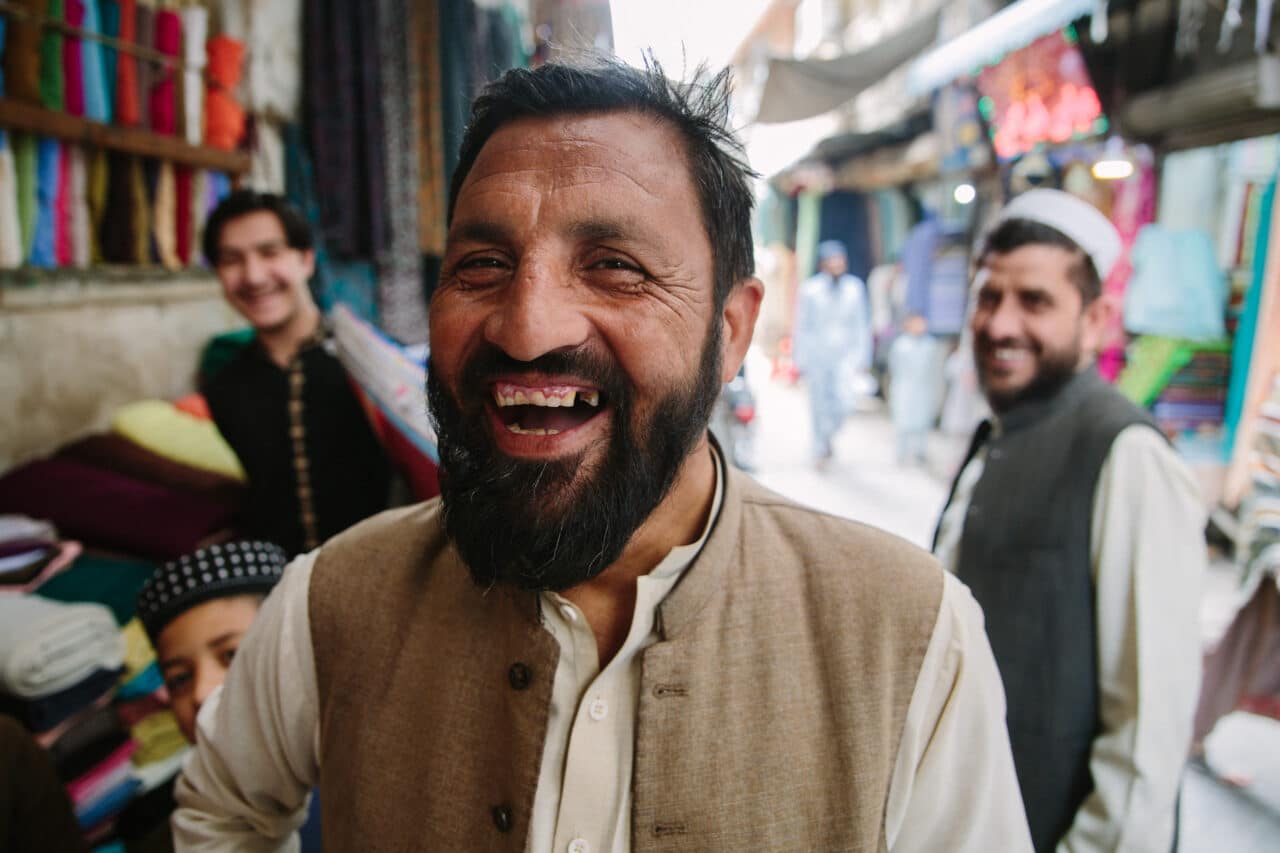

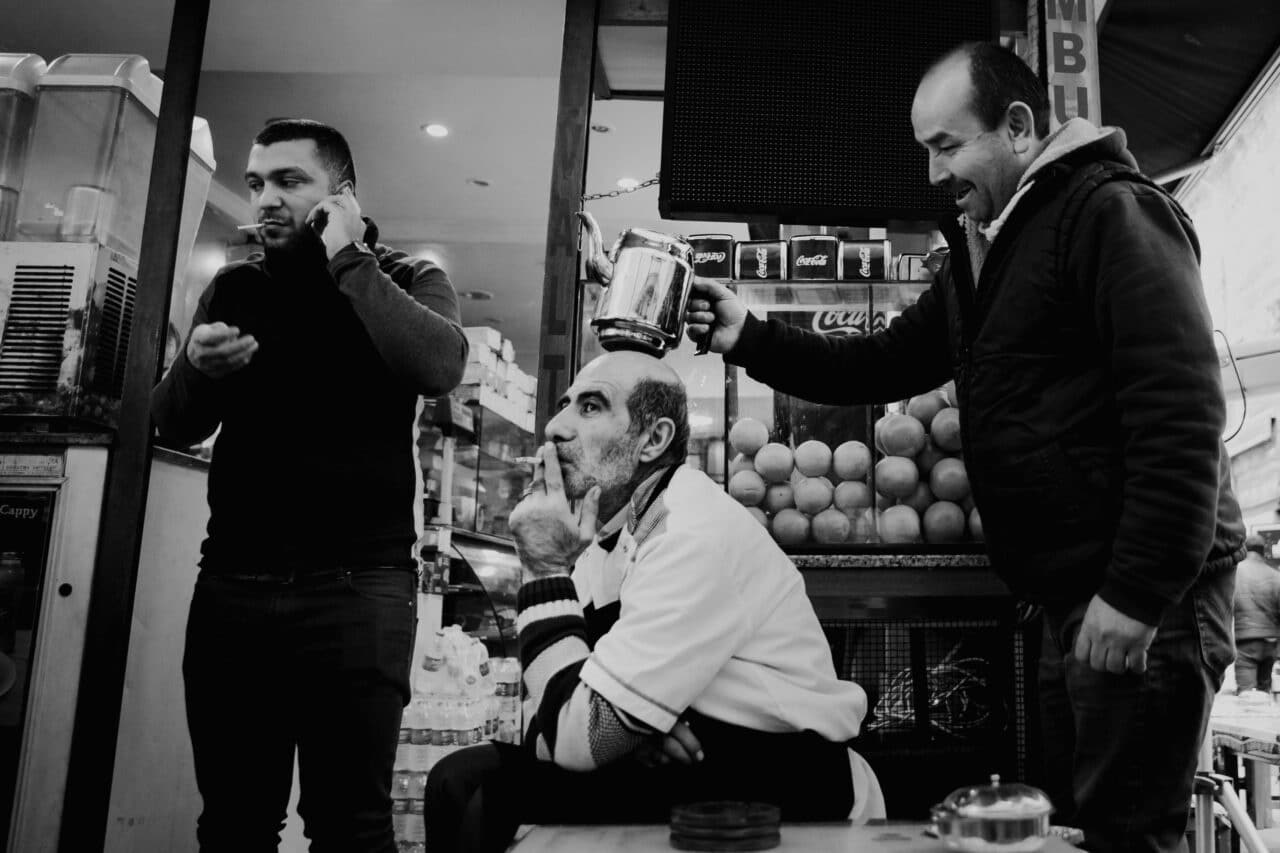
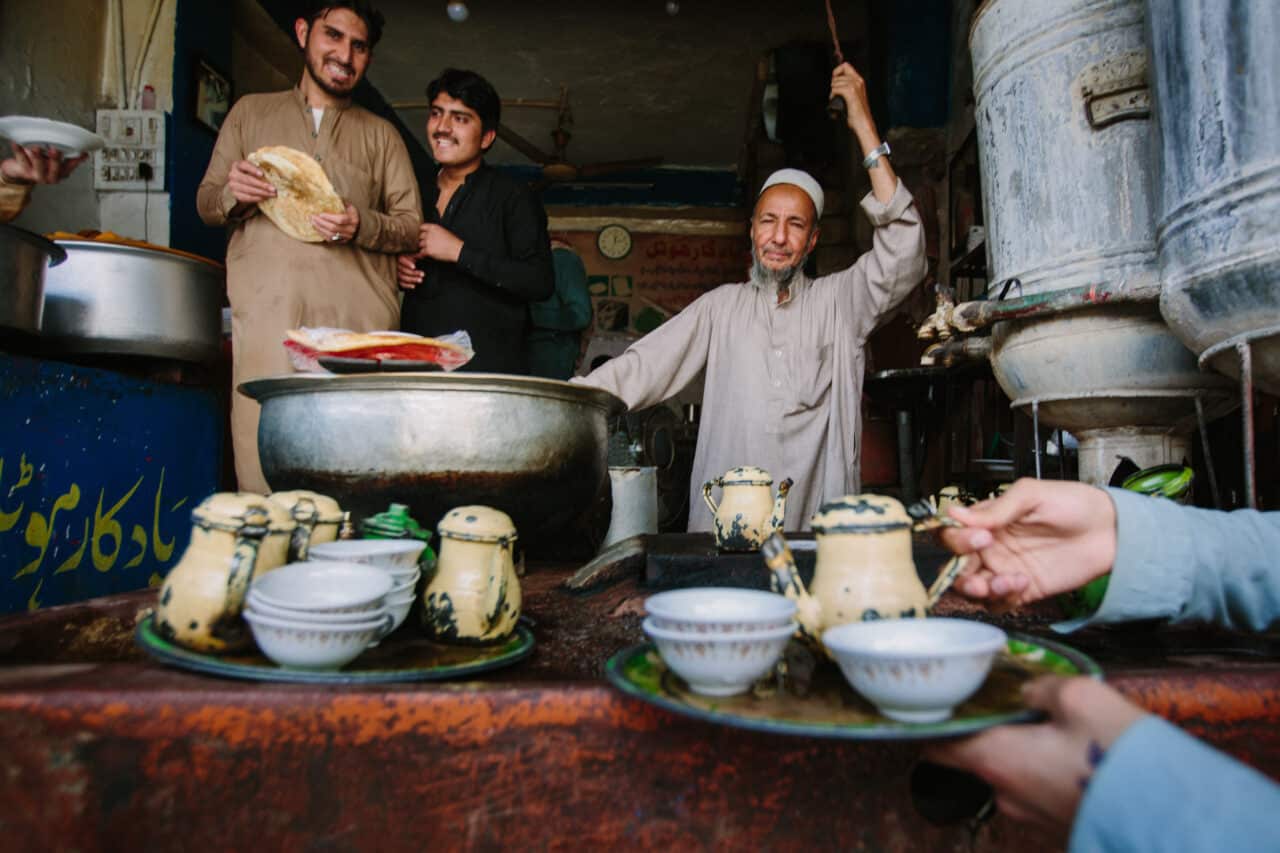
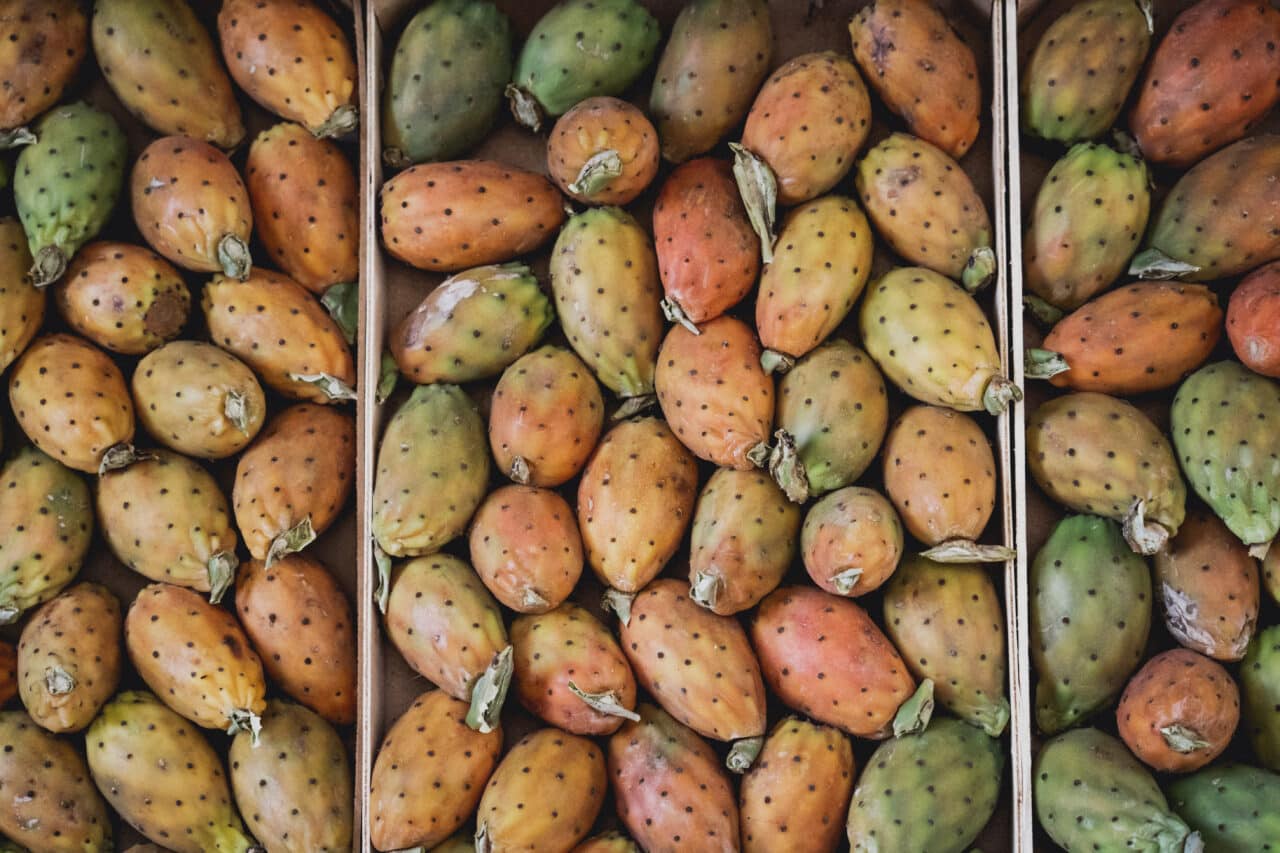
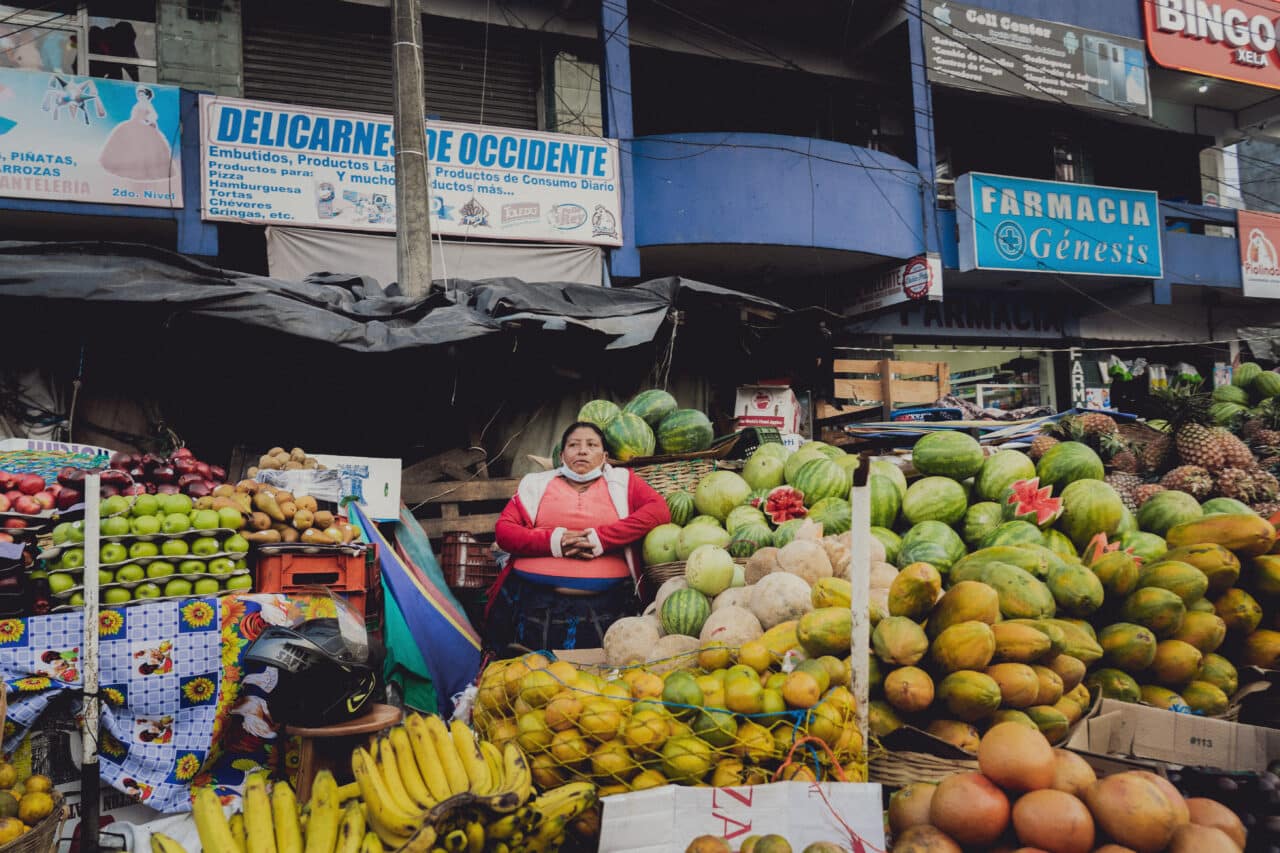
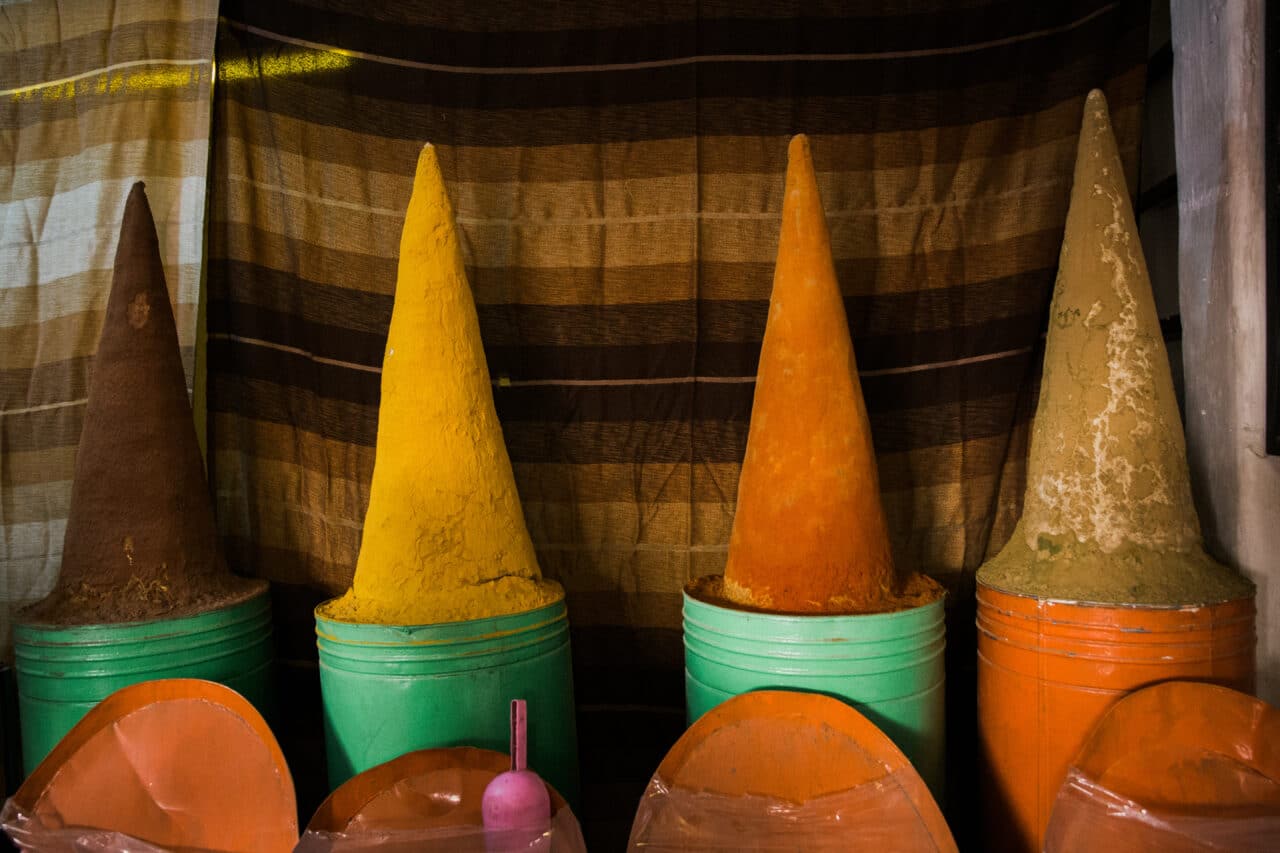
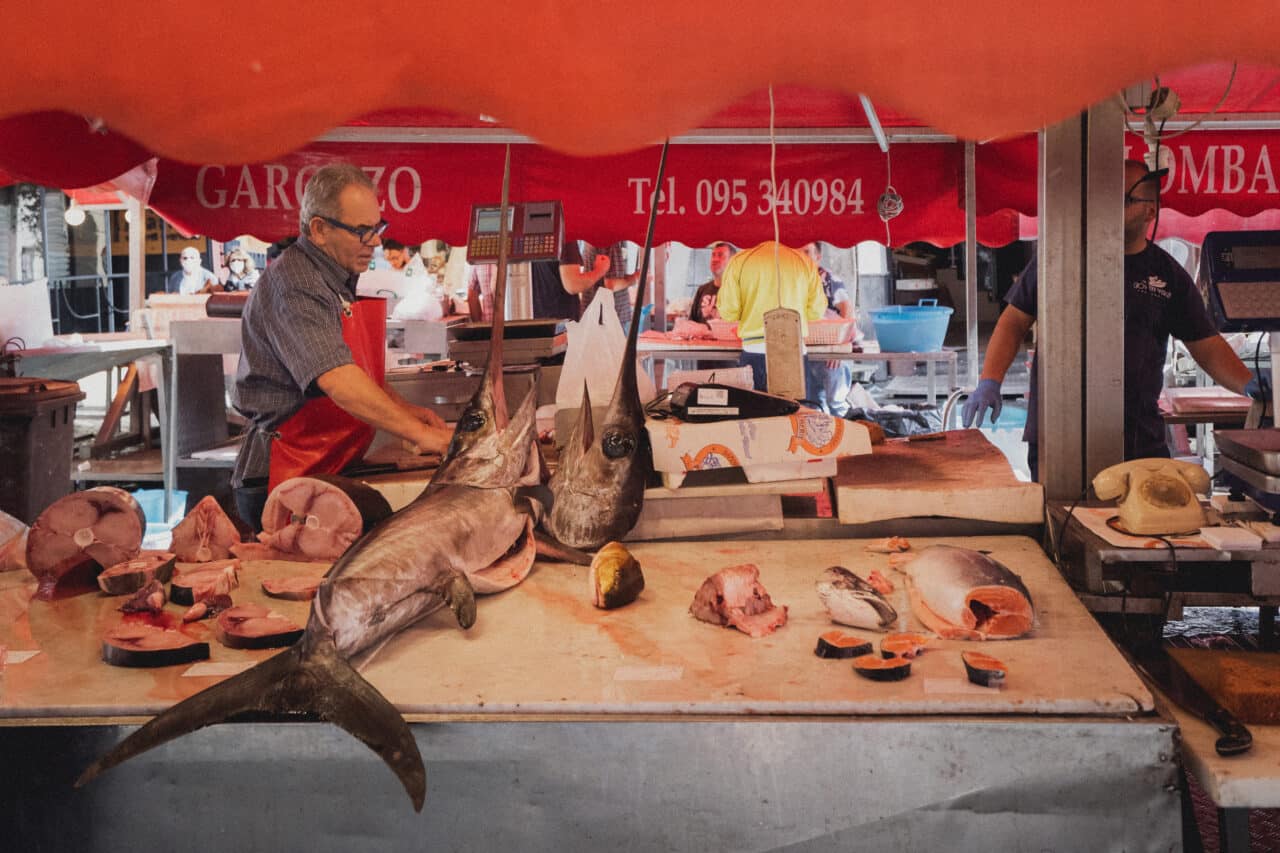
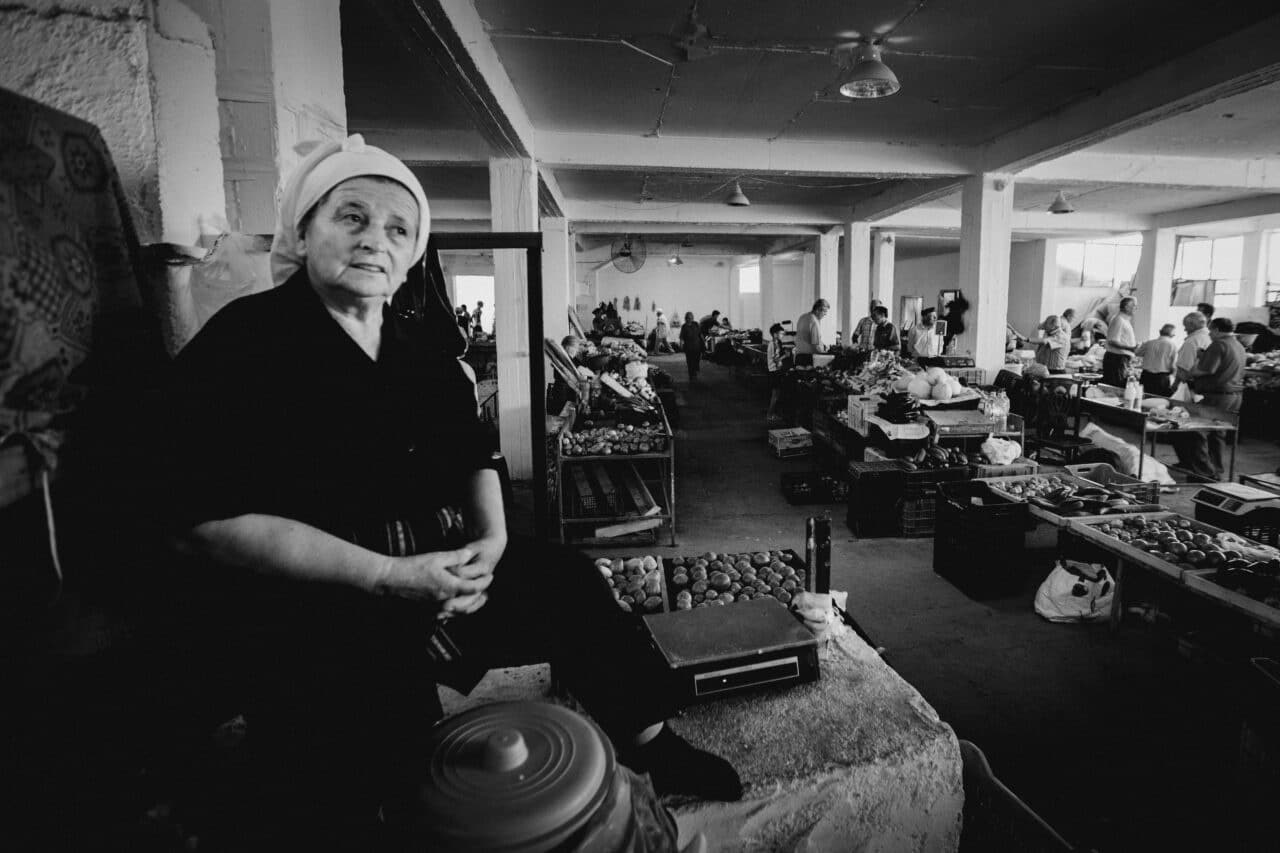
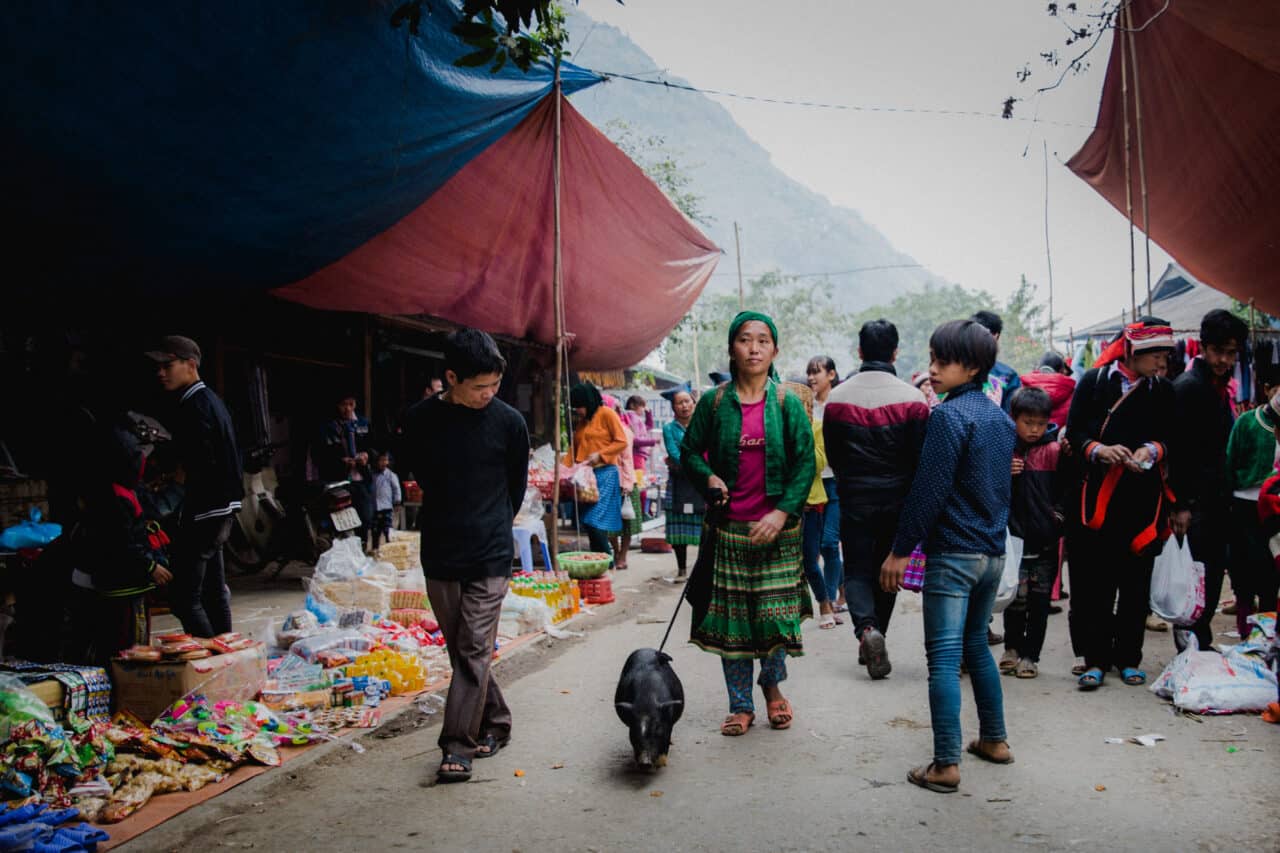
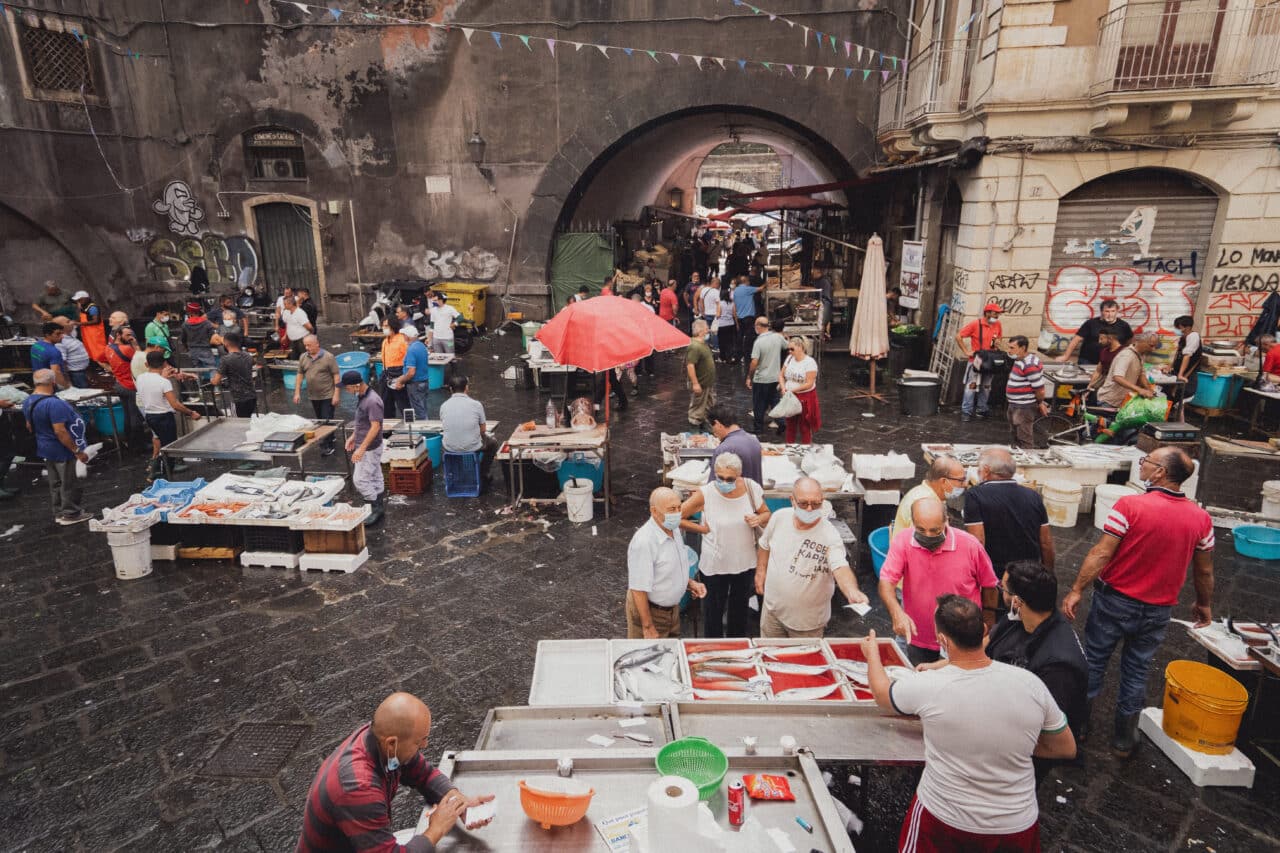

There are no comments yet.